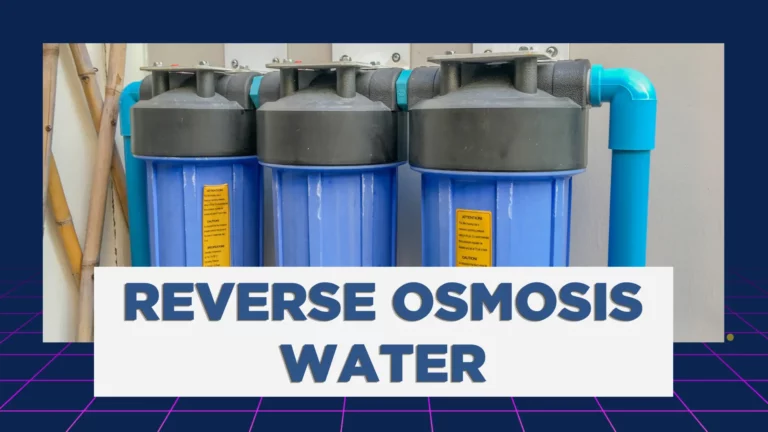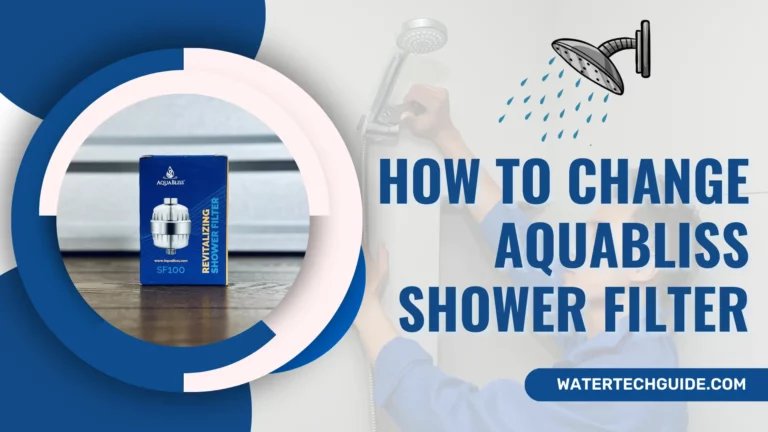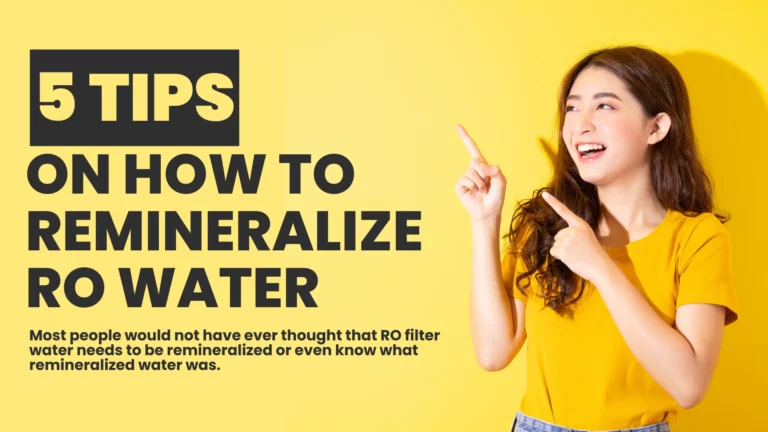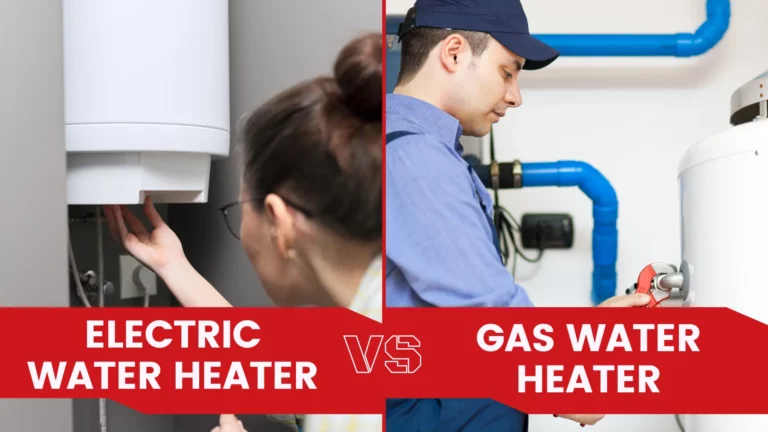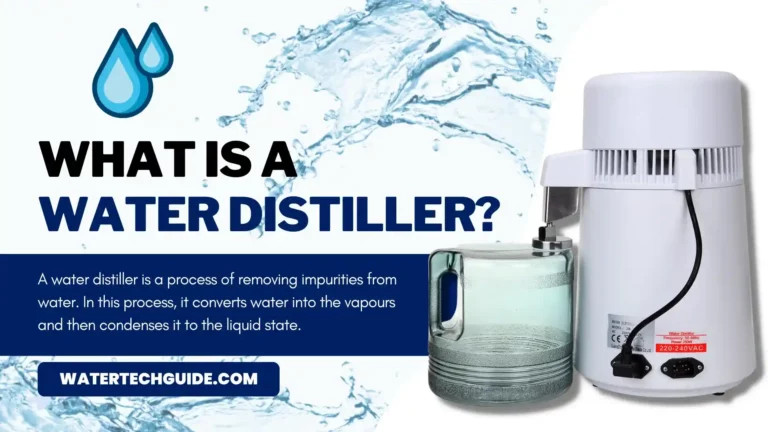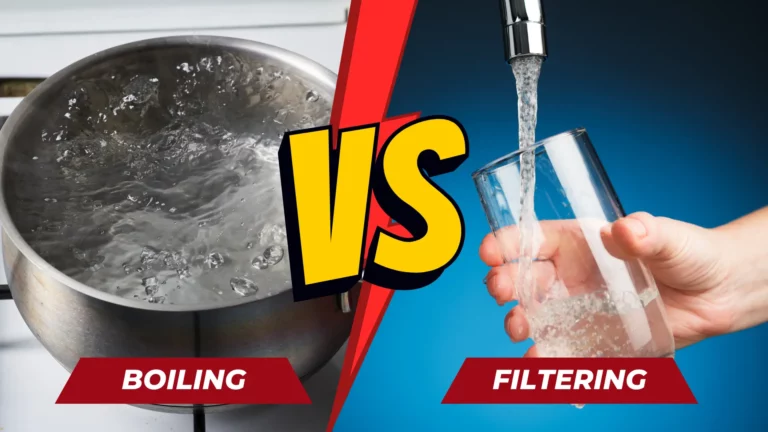Choosing the Right Size Tankless Water Heater for Your Needs?
If you are interested in installing a tankless water heater but are frustrated with the options. However, many homeowners are stuck asking the question, “What size tankless water heater do I need?” So, our guide will help you determine which water heater size is the best for you.
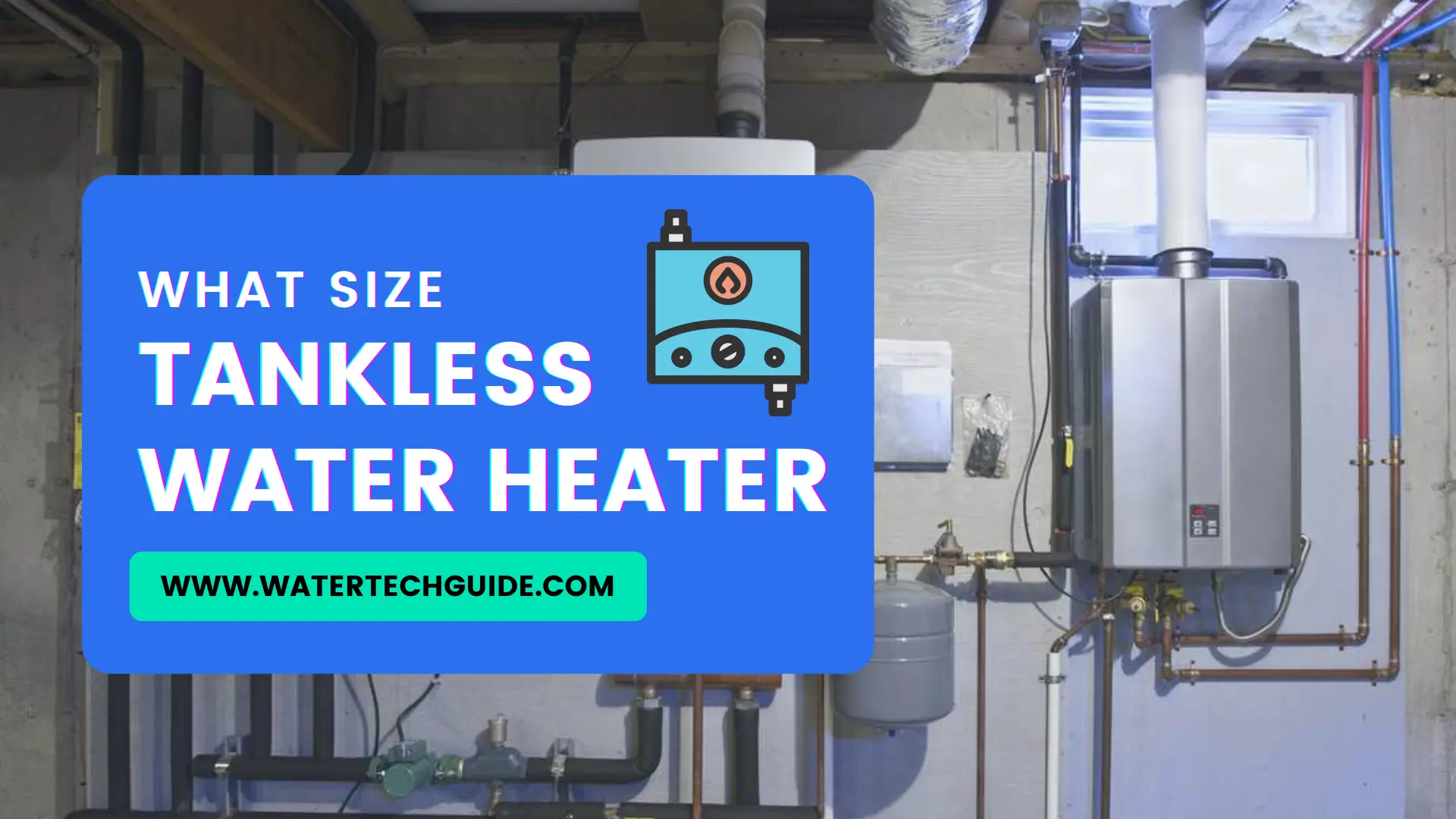
What Size Tankless Water Heater Do I Need?
Tankless water heaters are automatic household appliances. We discuss here what size tankless water heater do I need.
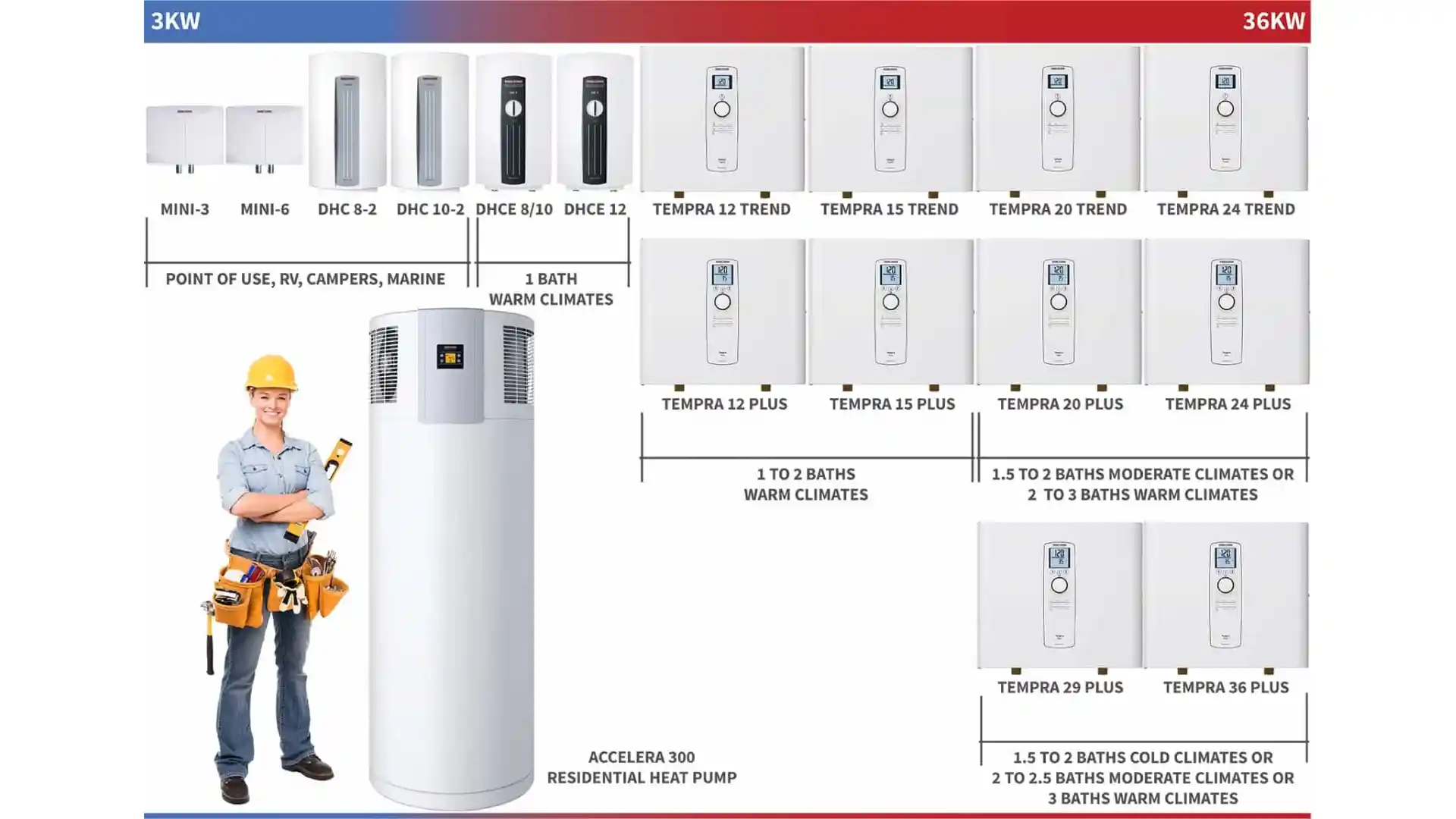
So, it provides easy access to heating water in your home when you need it. Similarly, faster and less efficient flow of hot water and less electricity consumption are included. To sum up, it is growing in residential and commercial buildings.
Design for Saving Water
Accordingly, the main reason is that these heaters are designed to save you a lot of space. When they can be placed in a small part of the wall, unlike a deep water heater is installed. Here discuss what size tankless water heater do I need.
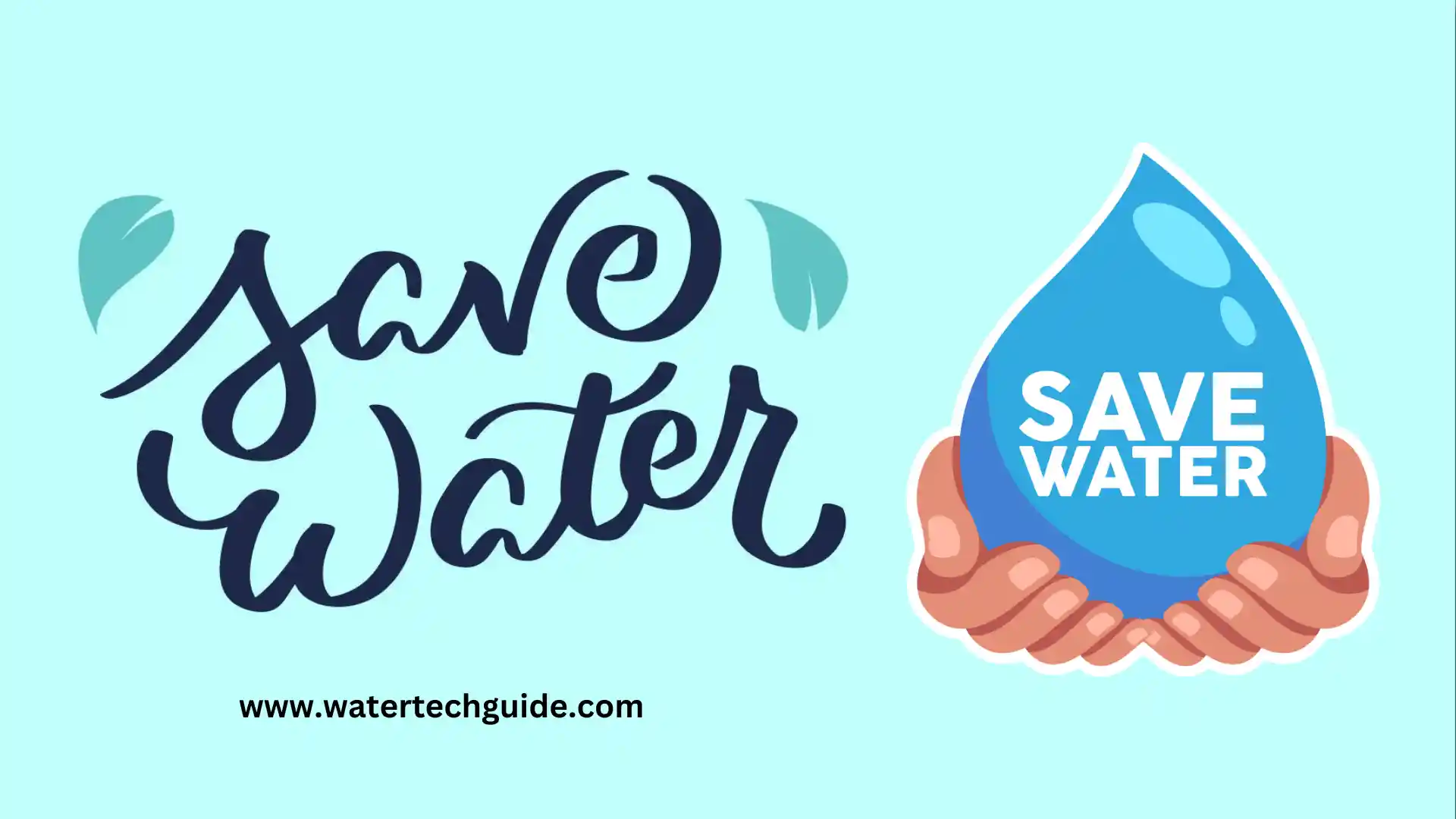
Accordingly, if you want to install the tankless models and aren’t sure how much you should buy, here are some things to keep in mind:
- The size of your house
- The water flow rate in your house
- High temperature
- Your family size
We will discuss these points in better detail in this article. However, before we get into the topic, it is important to know that you should not buy a smaller size. Finally, what size tankless water heater do I need with less than what you need due to price differences.
1. The Size Of Your House
Tankless water heaters vary in size. However, almost all modern water heaters can supply all the water for your home completely. By small size of models that don’t work because you might be limited to heating only the water that comes out of certain bathrooms in your house.

Standard Tire Heaters
Unlike standard tire heaters that allow you to store and burn only the amount of water you are expected to use, stainless steel heaters heat as much water as you can run. Consequently, the size you choose should not be so small that it releases a little warm water than it takes to fill your entire bathroom.
2. The Rate Of Water Flow In Your House
We found that “what size tankless water heater do I need” is not the same as a conventional heater tank because it smells of water as it runs to your house. Subsequently, the rate of discharge from your tap is determined by the amount of flow supplied to your heater.
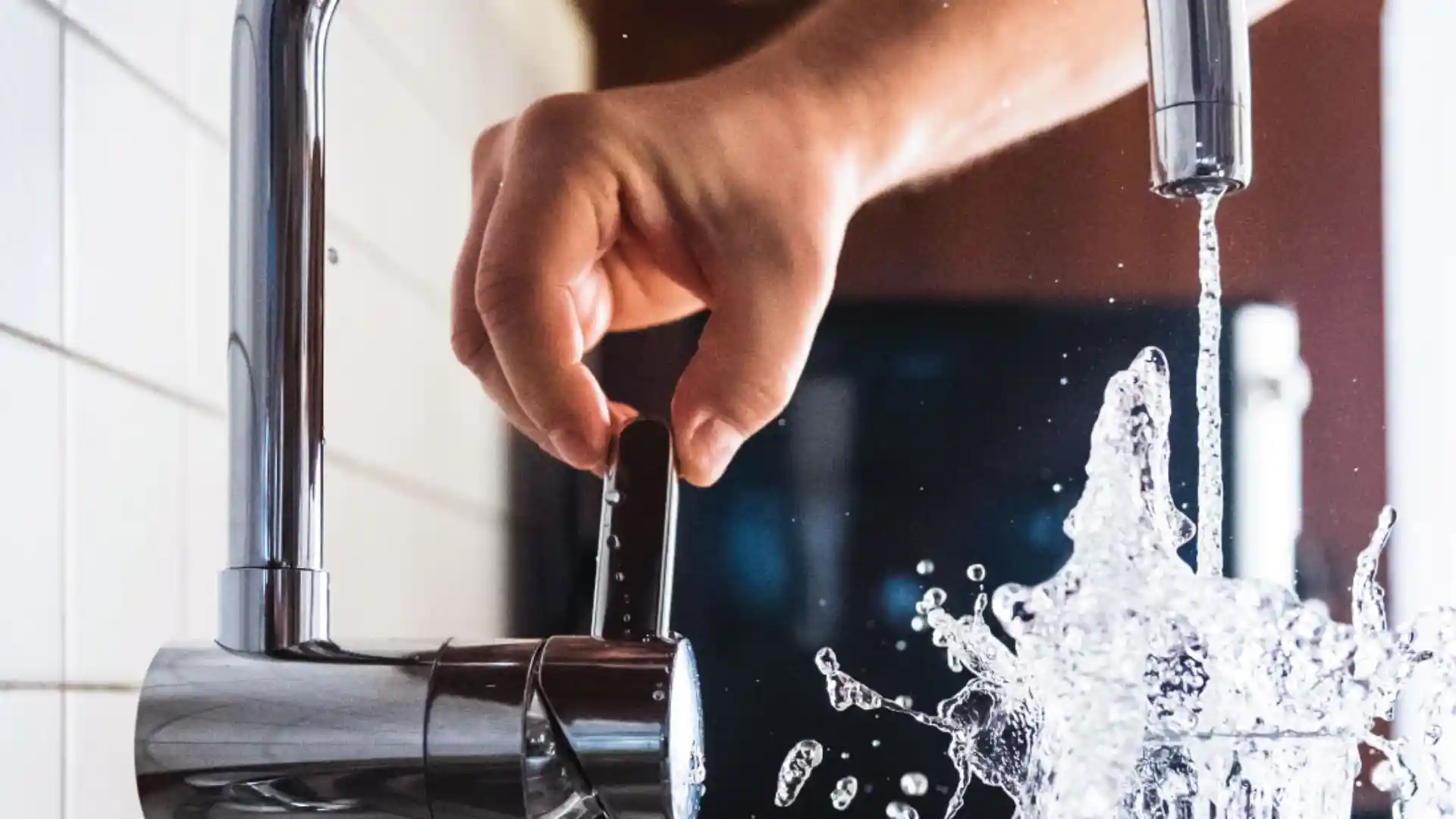
In addition, thinking about this feature allows you to run more than one tap or shower at a time without your pump running slowly.
Average Flow Rate
Considering the average flow rate of one shower head at 1.8 liters per minute, another shower can start working alongside the first shower at the same rate of 1.8 liters per minute. Meanwhile, if both showers are connected to a wireless water heater, they should provide sufficient flow rates for both showers. To sum up, the wireless meter flow rate can be calculated by adding the flow rate of two streams.
1.8 GPM (sheet 1) + 1.8 GPM (sheet 2) = 3.6 GPM (unwanted hectare flow rate)
Guage Flow Rates
To help you gauge flow rates for most of your errors, share some common flow rates below. Actual flow rates may vary for your home and different equipment.
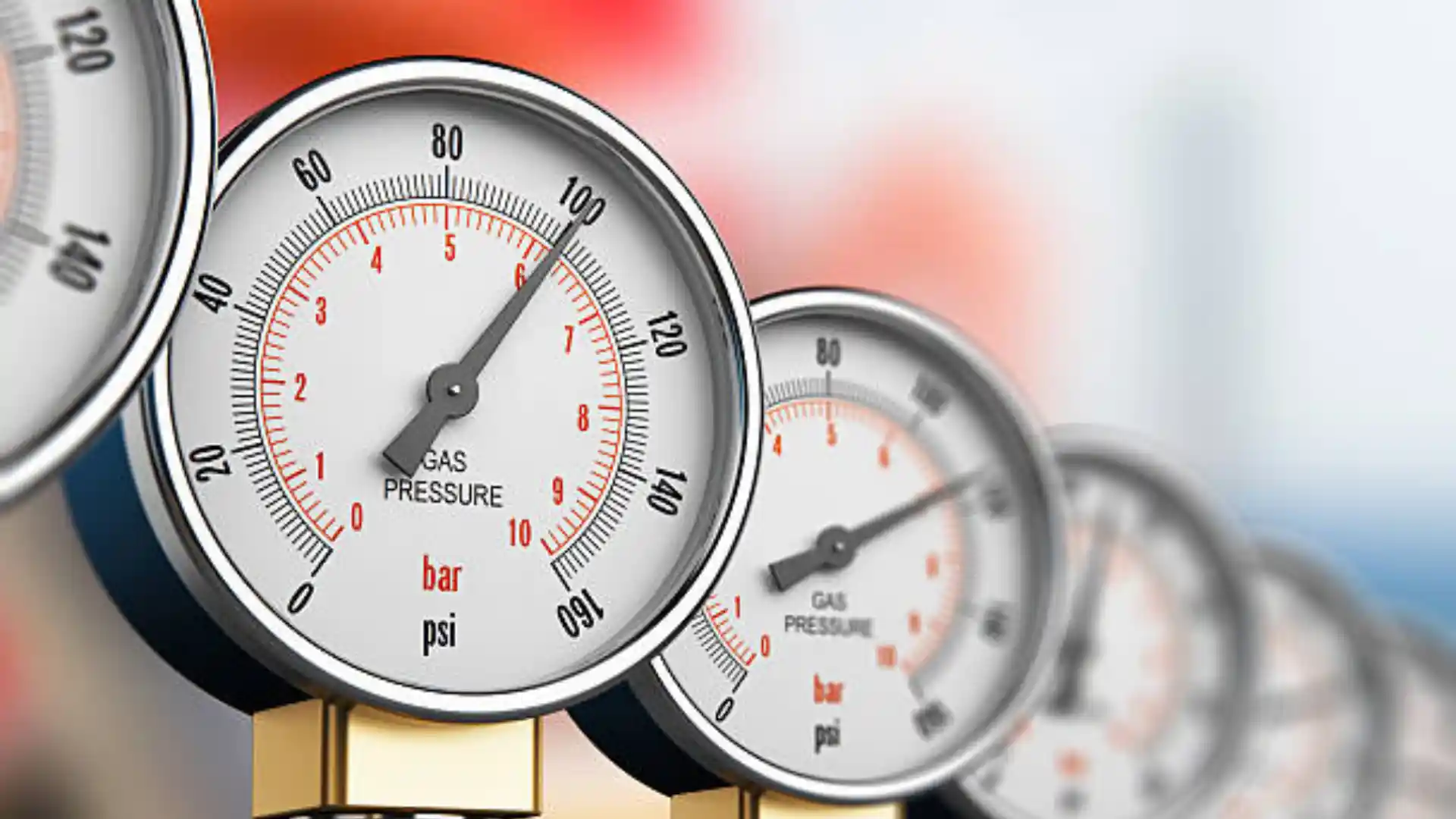
- The flow rate of the bath boat in the bathroom: 0.5 GPM – 1.0 GPMClear cache
- Shower-head flow rate: 1.5 GPM – 2.0 GPM
- Kitchen pump flow rate: 2.0 GPM – 6.0 GPM
- Dishwasher flow rate: 1.5 GPM – 2.5 GPM
- Thermal cleanup flow rate: 2,5 GPM – 3.5 GPM
3. Temperature Rise
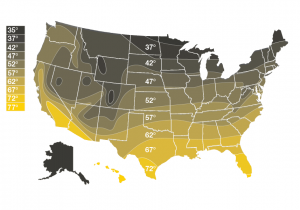
After you have calculated the flow rate using all the heat water in your home. Similarly, you now have to decide how much heat your heater needs to extract the heat you need from your water heater. To sum up, we’ll look at the water flow in your home and the water temperatures you want to run to your pump to determine the required temperature increase.
Formula of Temperature
Suppose your water temperature in your home reaches 45 ° F, and your session (connected to your wireless heater) is expected to bring water to 105 ° F; the required temperature increase is 60 ° F.Z
Expected Temperature Temperature (105 ° F) – Water-Free Temperature (45 ° F) = Web Temperature Required (60 ° F)
If your shower is flowing at a rate of 1.8 GPM, your heater should be warmed to 1.8 liters at 60 degrees Fahrenheit every minute to achieve the desired temperature.
Lower Global Temperature
Also, it is worth noting that lower global temperatures may vary in different provinces of the US because some regions are generally warmer or colder than others.
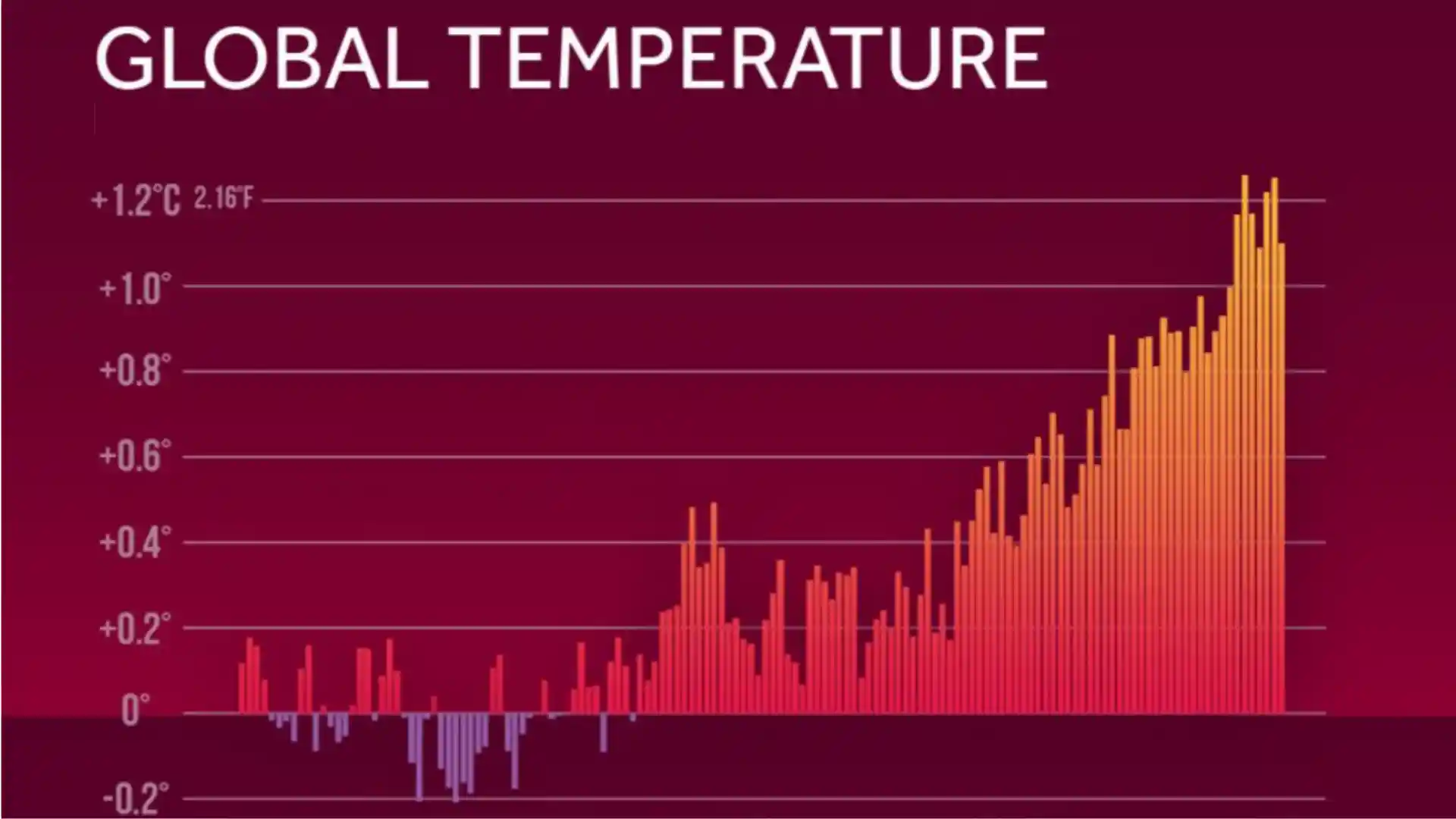
Consequently, Some provinces are said to have temperatures as high as 75 degrees, while others as low as 35 degrees. Knowing the temperature of the water in your soil helps calculate how hard your heater will need to work.
If you are not sure what that is, you can swear to a temperature of 40 degrees to make sure you do not underestimate the amount of heat required.
4. Your Household Size
This is also another important thing to consider before installing a waterproof heater in your home. Subsequently, your waterproof heater should be able to handle the occasional use of hot water from individual fuels.
However, another thing to be aware of is the frequency of overuse. All families experience a high level of warm water use when they have guests over, planning a wedding, or any of those occasions. If these occurrences occur frequently, you should consider when choosing a tank.
Use of Warm Water
Even if you do not use warm water all the time, you should consider the times. Similarly, when you use the sky and use that as a basis for calculating the details of your water heater. Finally, when you own a company and use goes up due to activities simultaneously from different people, such as:
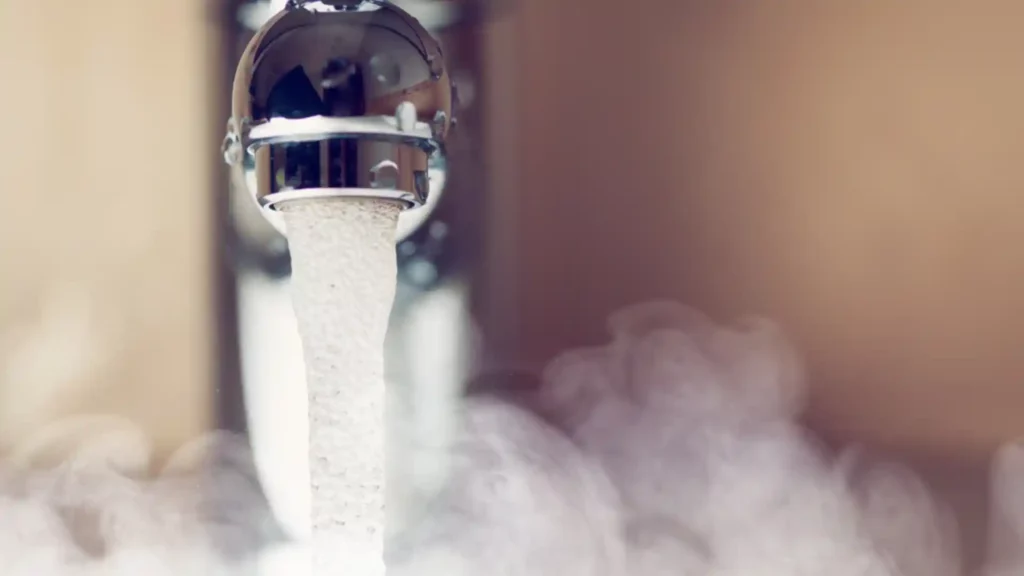
- Showerheads – 3.6 GPM in total
- Kitchen – 4 GPM in total
- Cleaning equipment – a total of 6 GPM
We expect to average about 13.6 liters per minute, which would be more than normal use. Measuring your heater’s maximum size based on one use at a time allows for a warmer performance at these higher times and during normal use.
Guideline for What Size Tankless Water Heater Do I Need
Sizing Guide for Residential Tankless Water heater | |||
| Household Occupants | Usage | Capacity Required
(Measured in Gallon) | |
| Electric | Gas | ||
| 1-2 people | Regular/ Low | 30 | 30 |
| High | 40-50 | 40-50 | |
| 2-3 people | Regular/Low | 40 | 40 |
| High | 50 | 40-50 | |
| 3-4 people | Regular/Low | 50 | 40 |
| High | 80 | 50-75 | |
| 5+ people | Regular/Low | 80 | 50 |
| High | 80+ | 75 |
Gas Tankless Water Heater Or Electric Tankless Water Heater
Besides size, another factor determines the performance of a waterproof heater with no size.
Generally, gas heaters in a gas tank can heat up to 5 liters of water up to 70 degrees Fahrenheit in one minute. Meanwhile, electric heaters can heat just 2 liters of water to 70 degrees Fahrenheit at the same time. In conclusion, we chose to use 70 ° F because that is the required temperature of the normal 40 ° F groundwater rise to reach 110 ° F smoke.
Wireless Water Heaters
Accordingly, it is noteworthy that wireless water heaters have greater power. Similarly, electric counterparts, and the power varies for different manufacturers and models. Always check the GPM product details and temperature gauges before making a purchase. Same as check what size tankless water heater do I need.
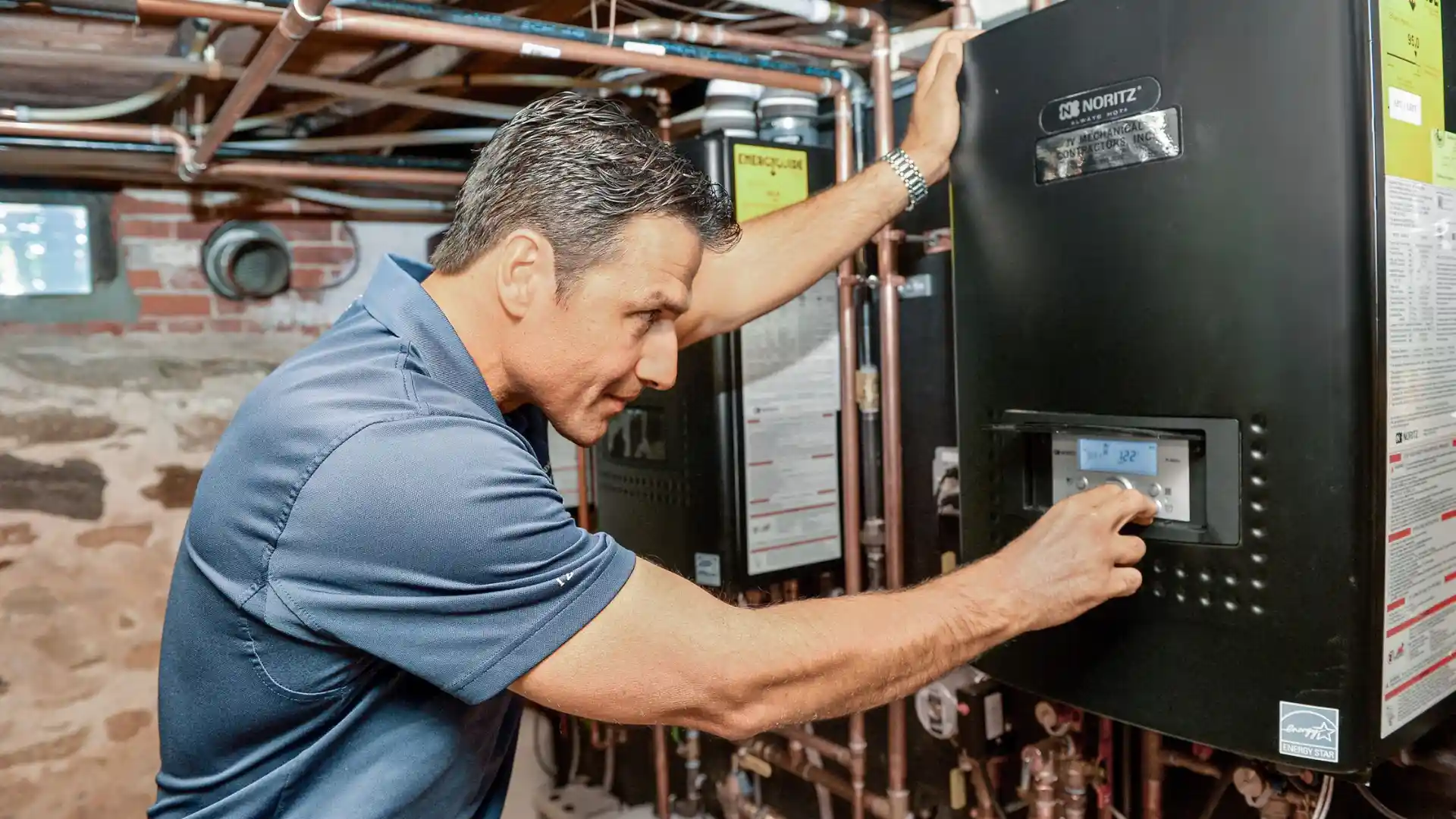
Installing a Tankless Water Heater
In addition, the installation of a waterproof helicopter involves a series of complex steps that are best performed by a licensed potter. Moreover, wireless heat installations can be a DIY job, but this should only be tried by people who have experience with high-density housing improvement projects. Before the project begins, the following tools and products of binding are important:
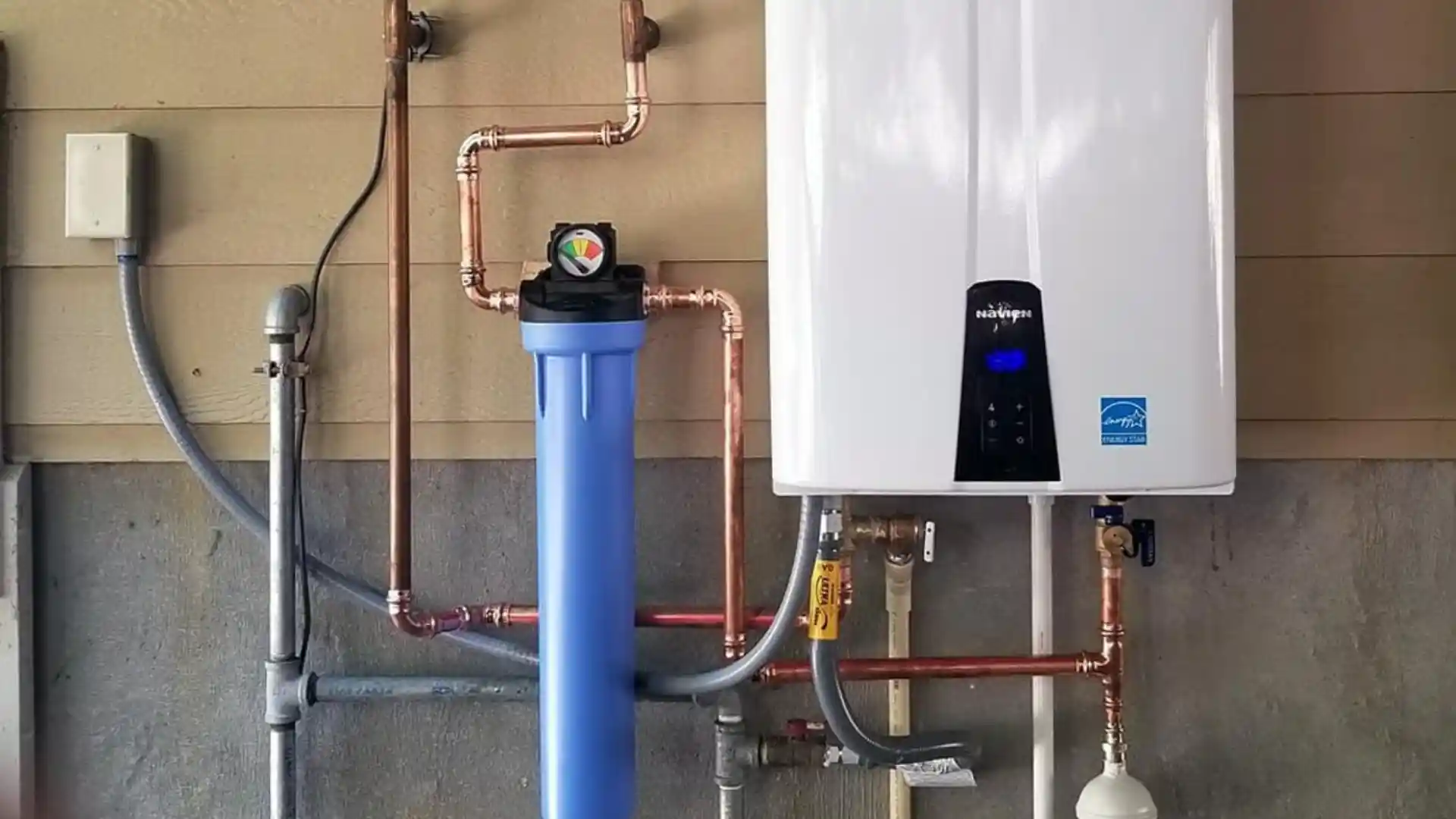
- Driving
- Hacksaw
- Propane torch
- Recovering saw
- The screwdrivers
- Silicone column
- Spade slowly
- Wrenches
Additionally
In addition to the waterproof hex, more connectors and support components are needed. If the heater in question is of propane type, you will need the following:
- 2 x 4 board
- Black pipe
- The copper pipe
- Flux
- Gas transmission line
- Pipeline installation
- Stainless steel pipe
Installation by Steps
- Step 1. Disconnect your pre-existing heater. Turn off the heater and disconnect the transmission. Meanwhile, discard any remaining water in the tank If the tank is in the area where you intend to float your new heater, you can replace the old unit. Otherwise, leave it alone now.
- Step 2. Replace or upgrade the gas line. If necessary, add a tee and valve to the existing gas line. So, insert a black hose between the tray and the adhesive point of the gas line without the heater.
- Step 3. Install the water cables. For copper pipes, place hot and cold water cords in their corresponding pockets on the stainless steel heater. In addition to better control of the pipes with this step, use metal bolts. Make sure that the pipes are cleaned by oxidation before generating electricity. Finally, with the applied flux at the end of the pipes, join them in connectors and sell them together.
- Step 4. Mount a new waterproof heater. Therefore, the waterproof heater should be positioned approximately 4 inches from the wall, preferably in a low-pressure environment. Place a piece of 2 x 4 planks to place on the heater. Similarly, make sure the heater is safe and balanced in its place.
- Step 5. Connect the stainless steel heater. As instructed by the owner’s manual. Similarly, connect the sediment trap and the shutoff valve to the new refrigerator. Connect the gas transmission line to the closed valve. Join the sewer line at the corresponding point in the water heater. Enable gas leak test, and shut off the gas until installation is complete.
- Step 6. Install the vent. The installation section includes a series of complex steps:
Series of Complex Steps
- For heat resistance, place the silicone sealant on the heater vent shaft and attach the connector and securely secure it.
- Connect the installation of pipes and secure them with the last ring.
- Attach the elbow to the side that will point the small air inside.
- Position the entry hole between the wall and the outside.
- Connect the sewer line with the tank heater.
- Remove any foreign fixtures that may block the vent hole.
- Light the flange at the edges, and then insert the flange into the vent hole. Take a scarf and tie it to the outside wall.
- Install the inner flange and connect the hose to the opening of the flange.
- Outside, connect the vent pipe and the vent hood.
- Step 7. Activate your new waterproof heater. When the installation is complete, connect the heater power cord to the nearest outlet. So, turn on the hot water of the attached product to feel the effects. Finally, for the best results, make sure that the hot water pipe connecting the heater to the input is installed.
Other External Factors
Accordingly, various external factors such as home weather and building codes should be considered with the installation of a waterproof hectare. Besides, you should pay attention to safety issues. Especially when installing a heater or propane heater. Finally, once the installation is completed, be sure to perform periodic maintenance work so that the heater remains in good condition for its 15 to 20-year operation.
Conclusion
Finally, after discussion, about what size tankless water heater do I need, you have calculated your water flow rate. The required temperature is an increase in normal water use. However, be sure to adjust the over-use times so that your heater can use you both times. To sum up, if there is anything you still need to know other than all of the answers we’ve provided, please let us know in the comments below.
